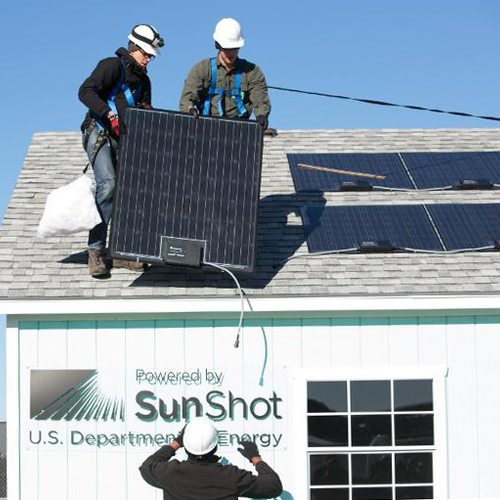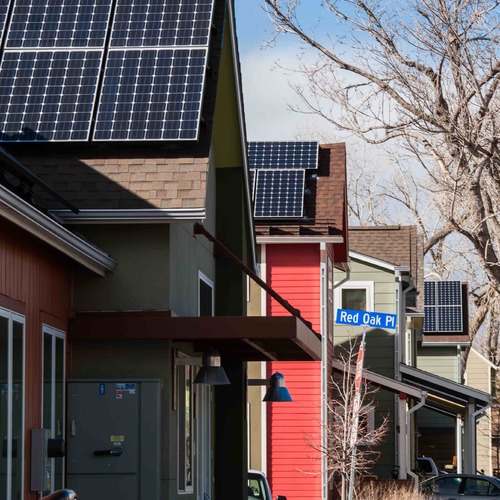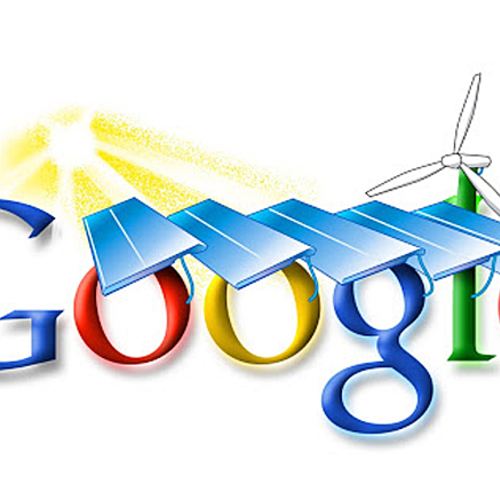
Image Credit: Wayne National Forest
The length of time that homeowners must wait for permission to fire up their solar panels and begin producing power varies widely around the country, but the average was up sharply between 2013 and 2014.
UtilityDive.com, citing a report by EQ Research, said that the average wait was up by 68% in that one-year period.
Connecticut Light & Power had the best record, an average of five days; Pepco in Maryland had the worst record in the country, an average of 76 days, the website said. That’s three times as long as the median wait, and five times slower than Baltimore Gas & Electric, another Maryland utility.
Over the course of the year, the median wait increased from 18 days to 25 days, which the report attributes to a growing number of regulations.
The study, undertaken for the Solar Energy Industry Association, a trade group, recommended that utility regulators set firm deadlines for making interconnections and come up with strategies to handle a larger number of requests from consumers as interest in solar picks up.
The study analyzed 57,000 solar installation applications received by 34 utilities in 13 states, The Washington Post reported.
The process can be arduous
Standards for interconnecting residential solar panels with the grid emphasize safety, the report says, but long delays are costly.
“Even as distributed solar photovoltaic (PV) systems become more common, the interconnection process can be lengthy and problematic for solar customers and installers, increasing overall system installation costs and delaying the benefits of PV generation,” EQ Research said.
As the number of distributed generation (DG) systems rises, utilities are more likely to deny interconnection on safety and grid reliability concerns, the report says, “further complicating and delaying the interconnection process.” However, the fact that some utilities can handle interconnection requests quickly shows that “solutions to existing challenges are within reach.”
Researchers interviewed both PV installers and utility staffers and identified a number of key problems that add to delays as well as best practices for expediting the process without sacrificing safety or grid reliability.
Among the suggestions:
- Regulators should mandate enforceable timelines for granting “permission to operate” (PTO).
- The application process can be improved by using an online system and syncing the database of interconnected customers with other records.
- Utilities could consider consolidating pre- and post-construction paperwork in order to simplify the process.
- Better communication between utilities, installers and customers would help resolve problems more quickly, and keep customers happier.
- Utilities should plan ahead for a growing number of interconnection applications in the future.
“Streamlining the interconnection process not only helps utilities meet deadlines and improve customer satisfaction, it can also yield internal time and cost savings,” the report said. “Improvements to the interconnection experience will lower PV installation costs while helping states meet policy goals and objectives related to renewable energy and DG.”
Weekly Newsletter
Get building science and energy efficiency advice, plus special offers, in your inbox.















0 Comments
Log in or create an account to post a comment.
Sign up Log in